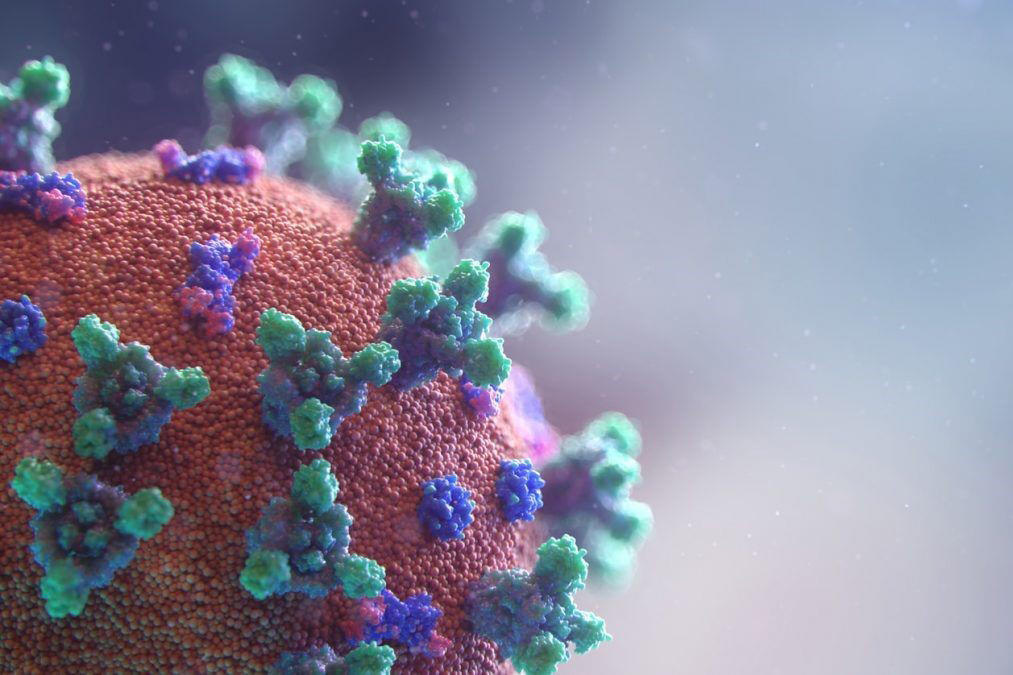Understanding HIV latency at the molecular level is crucial for efforts to eliminate the viral scourge that causes AIDS. Latent infected cell reservoirs—where the human immunodeficiency virus (HIV) hides and persists in the bodies of infected patients in a kind of silent standby mode—are the reason why antiretroviral treatments never wipe out the virus.
In a nutshell, these latent reservoirs of HIV act as the biggest obstacle to curing the disease.
Now, in a rigorous new study led by uOttawa Faculty of Medicine virologist Dr. Marc-André Langlois, researchers are describing an against-the-grain discovery that is a potential game changer in the field. It has the potential to show the way forward for HIV cure research.
Published today in Nature Communications, the findings demonstrate that a family of host proteins long thought of as purely antiviral are sometimes also helping latent HIV find safe harbor in patients’ bodies.
Using cutting-edge technology and methodical assays in this project started in 2016, Dr. Langlois and his collaborators describe the impact of host-encoded proteins called APOBEC3 (A3). These proteins possess the ability to potently mutate viral DNA and restrict retroviruses like HIV as well as other types of viruses. But his team’s latest findings suggest that these proteins can also play another role outside of their traditional evolutionary one – and it’s not always in a patient’s favor.

“We are striving for a cure, and we think part of the countermeasures following an exposure will be to block the activity of A3 proteins to inhibit HIV latency.”
Dr. Marc-André Langlois
— Full Professor, Faculty of Medicine, & Chair in Pandemic Viruses and Preparedness Research
“We’re showcasing a new mechanism by which HIV can become latent – and it can become latent through the action of our host proteins that are there to protect us. But in fact, these proteins can end up helping the virus maintain its stealthiness in the body,” says Dr. Langlois, a full professor at the uOttawa Faculty of Medicine and Chair in Pandemic Viruses and Preparedness Research.
“This is an important finding because these proteins were always perceived of as protectors that were on our side. But our work shows there are instances where they appear to have unintended consequences, and one of these unintended consequences is helping HIV become latent. And HIV latency is the biggest hurdle to a cure,” he says.
This raises major questions: Is the action of these proteins ultimately more beneficial or more counterproductive in the case of HIV, a virus that favors a latency phenotype? Can a drug be developed down the line to prevent the action of A3 proteins so the cellular and anatomical reservoir of latently infected cells is reduced?
These are the kind of explorations that Dr. Langlois and his team will be examining moving forward.
“Yes, we can keep HIV under tight control with antiretroviral drugs – and those drugs work wonderfully. But they’re not a cure. We are striving for a cure, and we think part of the countermeasures following an exposure will be to block the activity of A3 proteins to inhibit HIV latency,” says Dr. Langlois, who is also executive director of CoVaRR-Net, a network of interdisciplinary researchersnorth_eastexternal link created to assist the Canadian government’s strategy to address the threat of emerging SARS-CoV-2 variants.
“We’ve done the first demonstration that this mechanism—something that wasn’t on the radar and goes against mainstream thought—is really happening. So this is the first layer of evidence, and we’ll be building on it with follow-up studies.”
For this study, Dr. Langlois and his uOttawa Faculty of Medicine team focused on infection experiments. They provided samples to collaborators at the University of Western Ontario, who provided the “viral deep sequencing” expertise mapping where the virus inserts itself in the human genome after infection. The research was supported by a Canadian Institutes of Health Research (CIHR) grant.
Now demonstrated in vitro in the lab, and to some extent in patient samples, Dr. Langlois wants to take it to the next level with animal models. And while the overarching impact of the A3 proteins’ influence on HIV integration site profiles is unclear at this stage, his research team is committed to exploring potential answers.
The stakes of this research are high. Since its emergence as a new immunodeficiency syndrome in the early 1980s, HIV-AIDs has been one of the globe’s most serious health challenges. There’s been remarkable progress battling the virus, yet there are over 38 million people living with HIV worldwide, and tens of millions of people have died of HIV-related illnesses since the epidemic began.
Media Requests:
Paul Logothetis
Media Relations Agent
[email protected]

